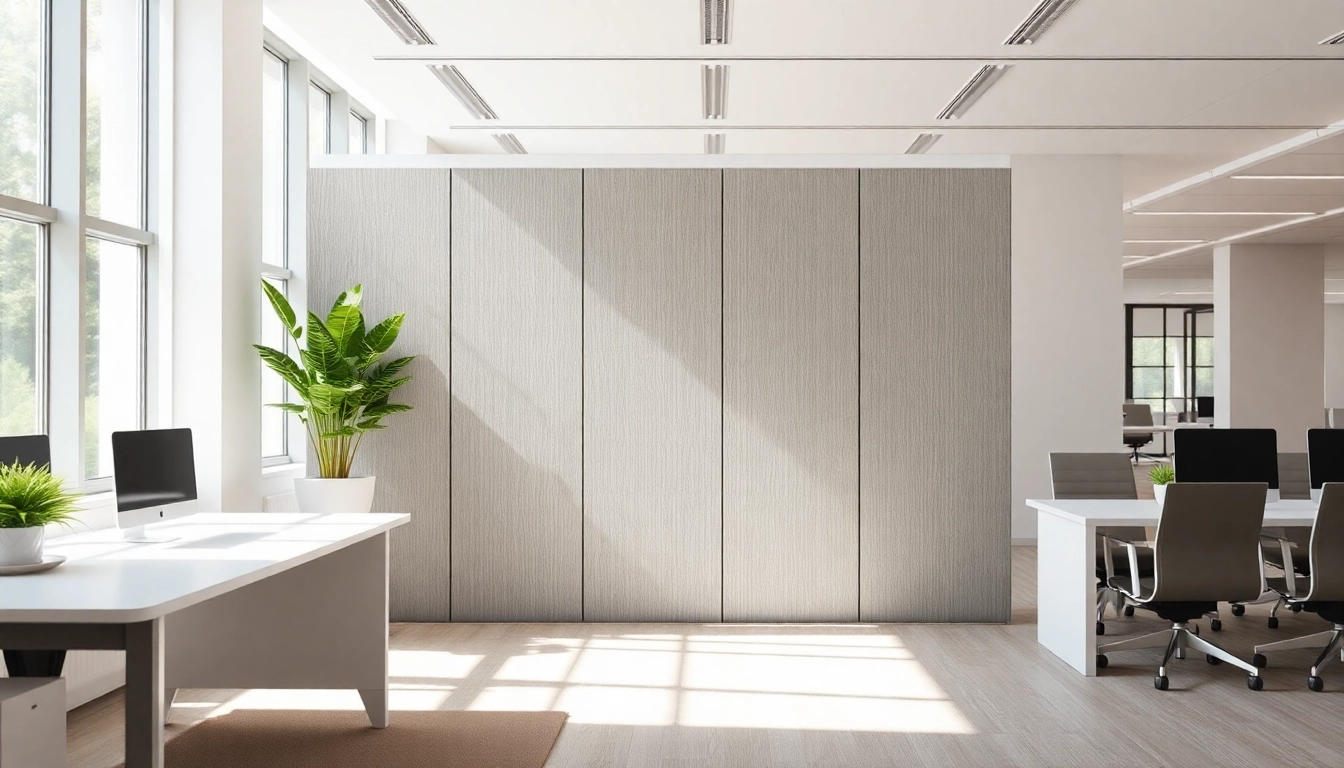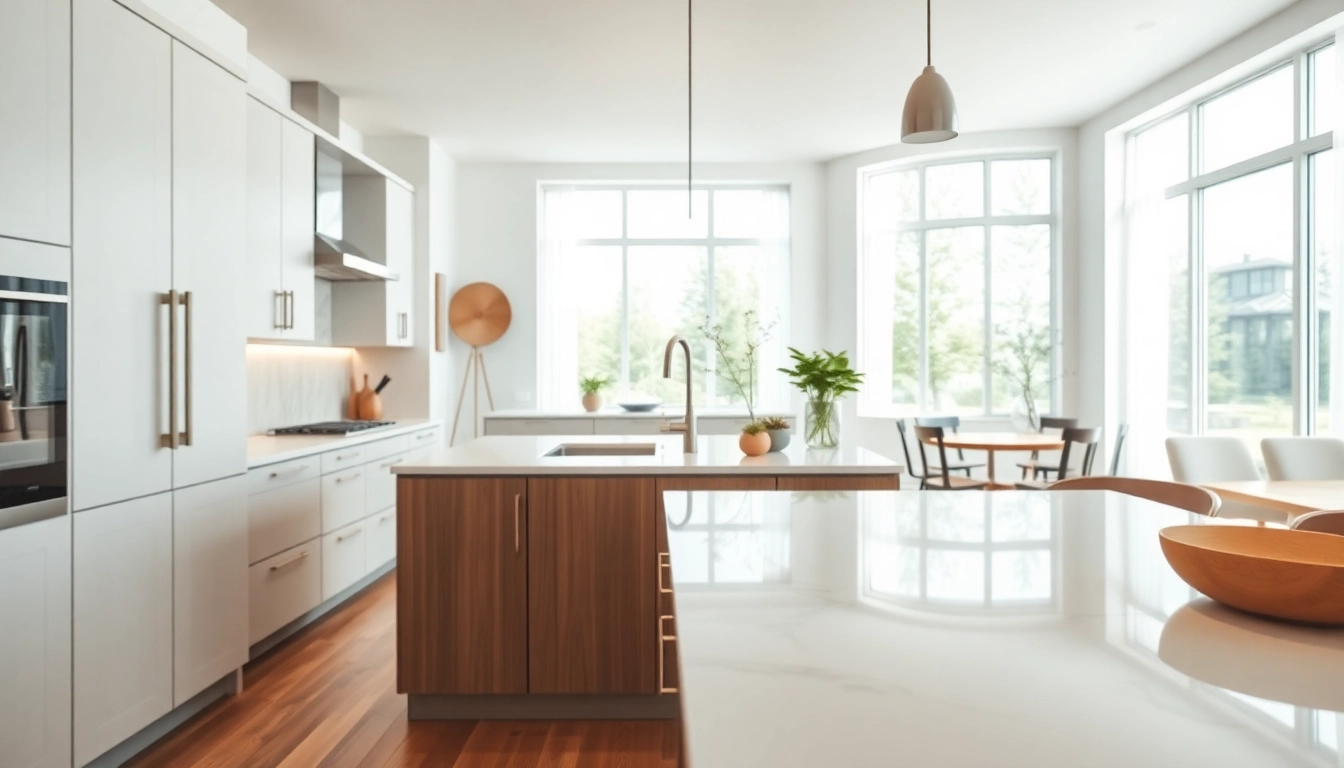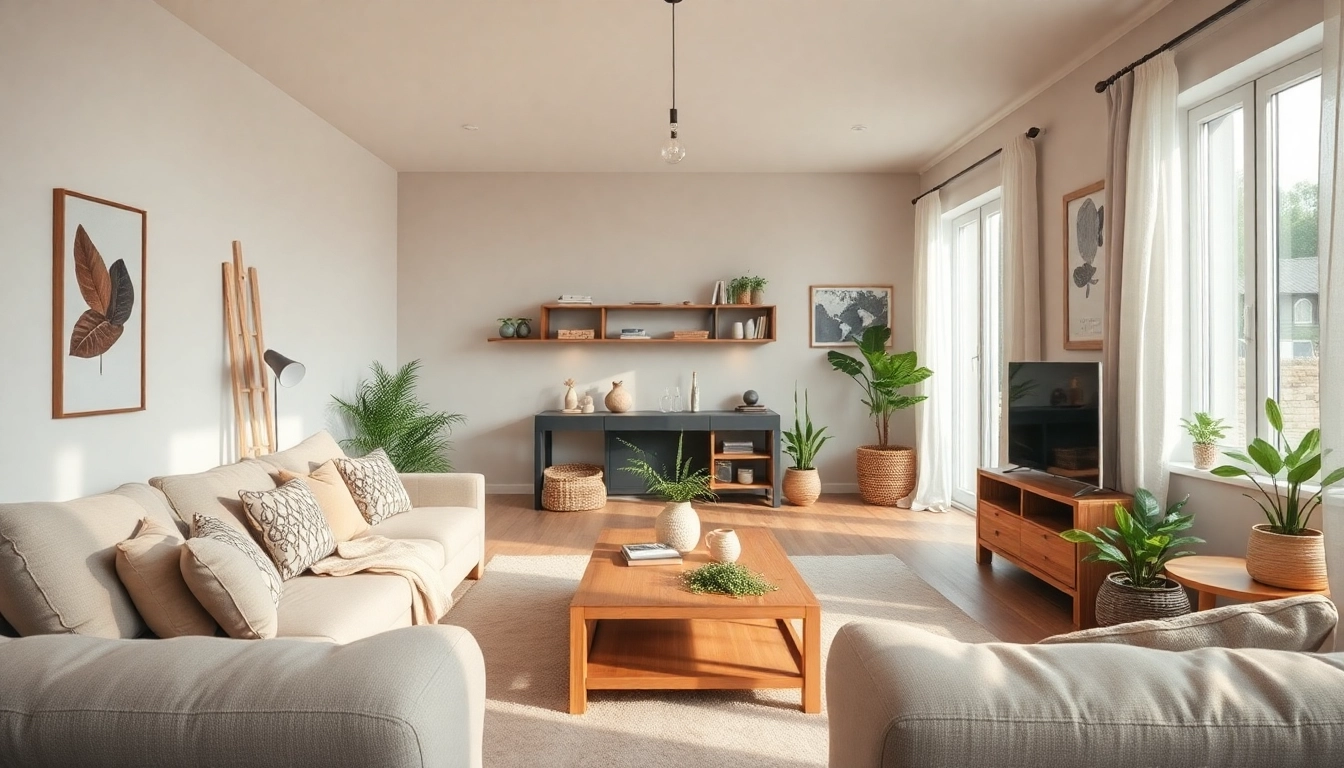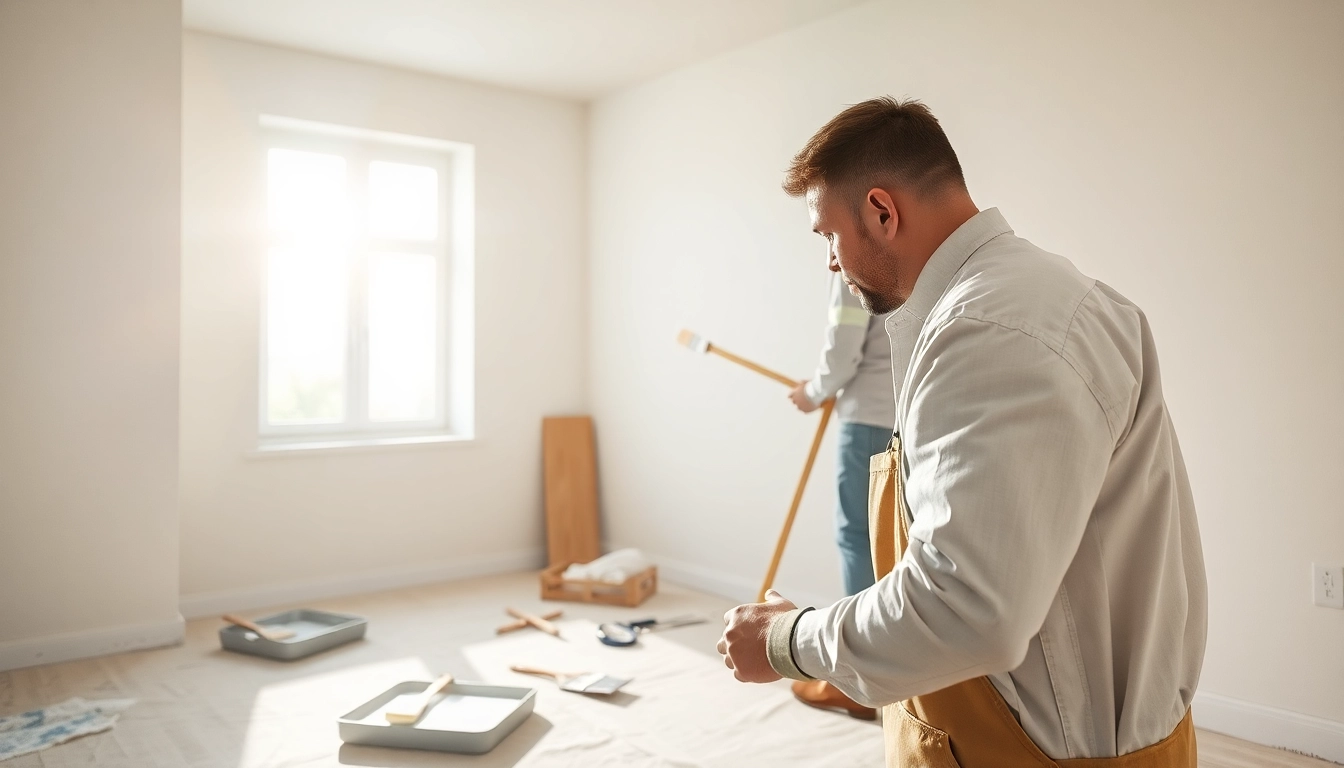Understanding Folding Partition Walls
What is a Folding Partition Wall?
A folding partition wall is a versatile architectural solution that allows for flexible space management in both residential and commercial environments. These walls can be expanded or collapsed as needed, enabling spaces to adapt to various uses and functions. Made from a combination of materials such as wood, metal, and fabric, folding partition walls are designed to slide and stack, which makes them ideal for creating temporary rooms or areas without the permanence of traditional walls. Folding Partition Wall systems can enhance the functionality of a space while providing aesthetic value through various design options.
Benefits of Folding Partition Walls
The advantages of utilizing folding partition walls are numerous. Here are some key benefits:
- Space Optimization: Folding partition walls allow for the seamless division of large areas, enabling users to maximize space according to their needs.
- Cost-Effective: By reducing the need for extensive renovations and permanent installations, these walls can save on construction and renovation costs.
- Flexibility: The adaptability of folding partitions makes it easy to reconfigure spaces for different purposes, such as classrooms, conference rooms, or event spaces.
- Acoustic Control: High-quality folding partitions can offer significant soundproofing benefits, making them ideal for offices and learning environments.
- Aesthetic Appeal: These walls come in a range of finishes, colors, and materials, allowing for customization to match any decor.
Common Applications in Residential and Commercial Spaces
Folding partition walls find applications across both residential and commercial sectors. In residential settings, they are frequently used to create private spaces in open-concept homes, transforming living areas into multifunctional spaces such as home offices or guest rooms. In commercial environments, they are ideal for adapting spaces for meetings, events, or presentations. Industries such as hospitality, healthcare, and education often utilize folding partitions to enhance adaptable use of their facilities.
Types of Folding Partition Walls
Movable vs. Fixed Folding Partition Walls
When selecting a folding partition wall, it’s crucial to understand the difference between movable and fixed options. Movable folding partitions are designed to be relocated and reconfigured easily, making them perfect for dynamic environments that require frequent changes. In contrast, fixed wall partitions provide more permanent solutions, better suited for spaces with a consistent layout.
Materials and Design Options
Folding partition walls are made from a variety of materials, each offering distinct advantages. Common materials include:
- Wood: Provides warmth and aesthetic appeal, often used in residential settings.
- Glass: Allows for transparency, maximizing natural light while maintaining an open feel.
- Fabric: Often used for acoustic purposes, fabric partitions can also be visually striking and vibrant.
- Metal: Known for durability, metal options are suitable for high-traffic areas.
Each material lends itself to various design possibilities, from sleek modern lines to traditional looks, ensuring a fit for any interior design preference.
Comparison of Popular Brands
Several manufacturers dominate the folding partition market. Brands like Hufcor, Modernfold, and Versare provide a range of quality products suited to diverse needs.
Hufcor, a leader in the industry, specializes in creating durable and high-performance partition solutions that cater to commercial environments. Modernfold emphasizes acoustic control and versatility in their designs, ideal for space-sensitive applications. Versare is known for its stylish partitions that seamlessly integrate into contemporary interiors, emphasizing easy installation and use.
Choosing the Right Folding Partition Wall
Assessing Space Requirements and Layout
Before selecting a folding partition wall, it’s essential to assess your space requirements and the layout of the area. Consider the following:
- Dimensions: Measure the space to effectively determine the size of the partition needed.
- Usage: Think about how the space will be utilized. Will it be a high-traffic area requiring durability?
- Accessibility: Ensure that the partition can be easily operated by the intended users.
Factors to Consider for Acoustic Performance
Acoustic performance can vary significantly between different partition designs. If sound control is critical, look for partition walls that feature sound-insulating materials. The weight, construction, and seals of partition walls play a significant role in their acoustic properties, so be sure to inquire about these features when evaluating options.
Budgeting for Your Folding Partition Wall
Developing a budget for folding partition walls involves understanding costs associated with materials, manufacturing, and installation. While cost-effective options exist, investing in high-quality partitions may yield better long-term performance and durability. Remember to factor in installation costs if you are hiring a professional service.
Installation Process of Folding Partition Walls
DIY vs. Professional Installation
Depending on the complexity of the installation and your level of comfort with DIY projects, you may consider installing the partition yourself or hiring a professional. DIY installation can save money but may require tools, time, and a basic understanding of construction practices. On the other hand, professional installation guarantees expert results and may include warranty protections.
Steps for a Successful Installation
If you choose to install the partition yourself, follow these steps for a successful outcome:
- Preparation: Remove any existing structures in the area, ensuring you have a clear workspace.
- Measure and Mark: Carefully measure the area and mark the locations for the tracks and components of the partition.
- Install Tracks: Securely install the wall tracks according to the manufacturer’s guidelines.
- Attach Panels: Follow the instructions to attach the folding compartments to the tracks.
- Test Operation: After installation, test the operation of the partition to ensure smooth folding and unfolding.
Maintenance Tips for Longevity
To prolong the life of your folding partition, regular maintenance is key. Here are some essential tips:
- Keep Tracks Clean: Dust and debris can accumulate in the tracks, so regularly sweep or vacuum to ensure smooth operation.
- Inspect Mechanisms: Check the hinges and moving parts for wear and tear, lubricating them as needed.
- Clean Panels: Depending on the material, use appropriate cleaning products to maintain the appearance and hygiene of the partitions.
Future Trends in Folding Partition Walls
Innovative Features to Look For
The future of folding partition walls is poised to incorporate several innovative features, such as smart technology integration. This could include automated systems for easier operation and smart acoustic panels that adjust to noise levels in a room. Additionally, aesthetics and functionality are expected to evolve with modern materials that enhance both durability and design appeal.
Sustainable Materials and Eco-Friendly Options
As sustainability becomes increasingly important, manufacturers are exploring eco-friendly materials for folding partitions. This includes using recycled materials and sustainable wood options, which not only reduce environmental impact but also appeal to eco-conscious consumers.
Market Predictions for the Folding Partition Wall Industry
Analysts predict the folding partition wall industry will continue growing, driven by increased demand in diverse sectors such as hospitality, education, and corporate offices. As work environments evolve, the need for adaptable and multifunctional spaces will drive further innovations in folding partition design and functionality.



